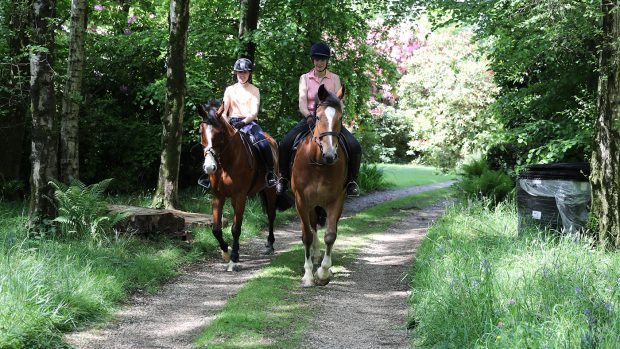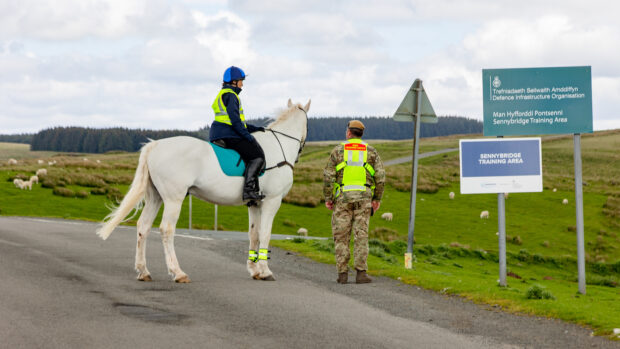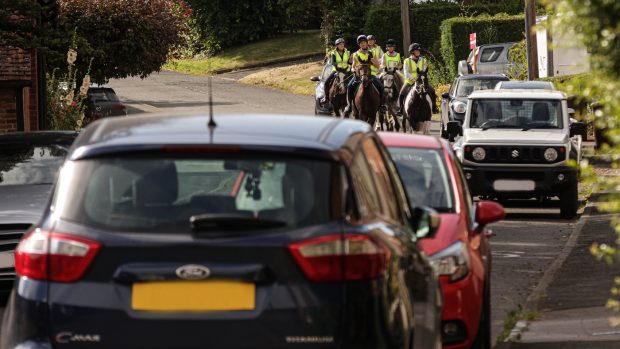Q: WE have a heavy, self-closing wooden gate a few yards from our property where our access lane narrows to a 6ft-wide bridleway.
Our concern is how difficult it is to get through this gate on horseback because of the speed and force with which it shuts. We could do with an easy-to-operate, lightweight, slow-closing gate allowing horses to pass through without fear of being hit.
Recently my mare received a deep cut after bashing her side against the catch in her anxiousness to get through. I have been in contact with the Surrey divisional rights of way officer, but nothing has been done.
The gate was manufactured by Centrewire, but there is no indication of what the speed for self-closing wooden gates should be in its catalogue. This one slams shut in around four seconds. Any advice, especially on the legality of this gate, would be most welcome.
JC, Dorking
WE have received a number of letters on the subject of bridleway gates recently — some telling us of nasty accidents and lucky escapes — so we approached Henry Whittaker, access chief executive at the British Horse Society (BHS), for his views and advice.
“A few people have complained to us recently about the speed of some self-closing bridleway gates,” says Mr Whittaker, adding that there is no current statutory design to which gates must comply but there is a British Standard. If the width of a bridleway gate is less than five feet between the posts, then under Section 145 of the Highways Act 1980, the Highway Authority may require the owner to widen or remove it.
“The self-closing H-frame gates [with a distinctive rider-friendly handle] have been around for a while and were first made with either fixed or variable speed settings, but the main suppliers are now manufacturing gates only with variable speeds.
“The speed is not always checked at the production stage and, although the gates come with instructions for setting the speed, you are lucky if these instructions are still there after the shipping process,” says Henry.
“Therefore, the installers need to check the closing speed on site.”
According to Mr Whittaker, self-closing gates are designed to be pushed open and swing slowly back, but all sorts of factors can affect this, from the gradient of the bridleway to the width of the gate.
“Obviously a small, light gate will close much faster than a wide, heavy one,” he explains.
“Legislation says the gate must be easily opened and closed, but it does not state while mounted.
“I would advise anyone who is worried about a gate in their area to contact their local BHS access officer and ask for the gate in question to be looked at,” he says.
The local highway authority should then be informed, but it may not replace a gate just because it is “too heavy” or “shuts too quickly”. Mr Whittaker is quick to stress that you should not try and change the speed of the gate yourself.
“If you have had an accident or been injured using a gate on a bridleway you should contact your local BHS access officer immediately,” he says.
Advice on the design of bridleway gates is given in the BHS publication Bridleway Gates: A Guide to Good Practice, currently under review.
Information
British Horse Society Tel: 08701 202244 www.bhs.org.uk
Highways Authority Tel: 08457 50 40 30 www.highways.gov.uk
This Q&A was first published in Horse & Hound (24 January, ’08)



